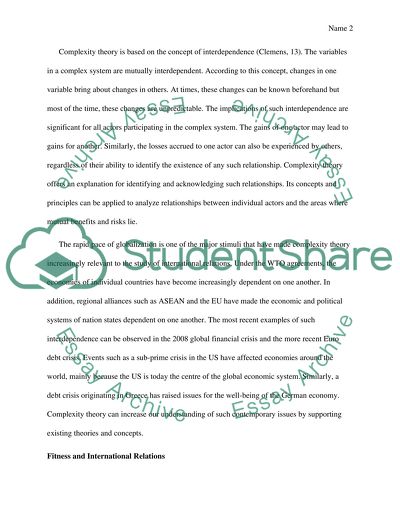Cite this document
(“The Increasing Importance of Complexity in International Relations Essay”, n.d.)
The Increasing Importance of Complexity in International Relations Essay. Retrieved from https://studentshare.org/history/1489696-essay
The Increasing Importance of Complexity in International Relations Essay. Retrieved from https://studentshare.org/history/1489696-essay
(The Increasing Importance of Complexity in International Relations Essay)
The Increasing Importance of Complexity in International Relations Essay. https://studentshare.org/history/1489696-essay.
The Increasing Importance of Complexity in International Relations Essay. https://studentshare.org/history/1489696-essay.
“The Increasing Importance of Complexity in International Relations Essay”, n.d. https://studentshare.org/history/1489696-essay.


